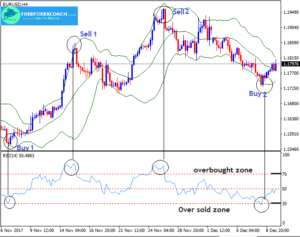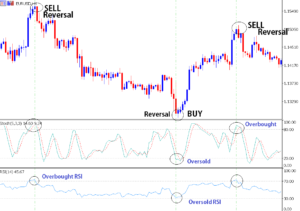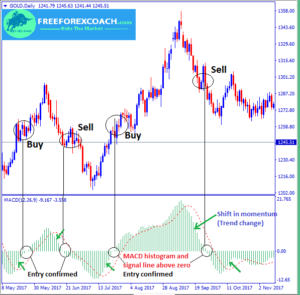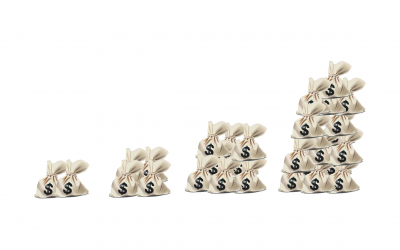We have discussed quite a lot of leading and lagging indicators and how to use them in our previous lessons. As we summarize this topic i expect you to have a particular indicator by now, for your strategy.
We have at least discussed most of the common indicators available for traders. These indicators lie in two groups, that is; the leading and lagging indicators.
The leading indicator predicts the coming of a new trend or possible reversal in a prevailing trend.
A lagging indicator confirms a new or a trend reversal, therefore gives a signal when a trend has already started.
Leading indicators
Traders use leading indicators to predict future price direction and to generate trade signals.
Leading indicators give signals before a change in price happens. This simply means that, they react to prices quickly.
Therefore, traders are able to enter trades on time at the start of the move.
The leading indicators are good at generating trade entry signals and trade exits. However, you are likely to have a lot of false signals when trading with leading indicators.
To avoid this, combine the leading indicators with other technical indicators. For instance the lagging indicators.
Leading indicators react to prices very fast and give signals before a change in price happens. They are used to generate trade entry signals and trend reversal points
The popular leading indicators include,
Lagging indictors
Lagging indicators are slow to react to price action as the name suggests. They always lag behind the price.
Traders mostly use the lagging indicators for trend confirmations.
As the leading indicators give signals for possible trend reversals, the lagging indicators give confirmations. This is because, they give a signal when a trend has actually already started.
You can use this to clear your doubt incase you are not sure of where the actual trend is heading.
Lagging indicators “lag” behind the price, and are used to confirm that a change in trend has already happened.
Common lagging indicators are:
Difference between leading and lagging indicators
Leading indicators identify a possible trend reversal, while lagging indicators confirm trends that are already taking place.
The Leading indicators react to prices quickly whereas the lagging indicators lag behind prices therefore slow to react.
Both leading and lagging indicators have their own advantages and drawbacks. Therefore, it’s very important to familiarize yourself with how each works and decide which fits in with your strategy.
Leading indicators are likely to pause fake signals on the market chart due to their fast reaction to prices. Therefore if followed blindly, can lead to huge losses in your trading account.
On the other hand, the lagging indicators are always slow to react to price which may cause delay in trade entries hence may lead to missing some of the pips in your trading.
The best way of using these indicators is to combine them and wait for the signals on both indicators to overlap.
Take a look at this EURUSD chart ;
When you use oscillators or the leading indicators, you will be able to predict when the trend is coming to an end or likely to reverse.
The Momentum indicators or lagging indicators will give you confirmations to trends.
The two combined together, reduce the possibility of fake trade signal and entry delays. you only consider signal where the two indicatots agree/overlap.
Or else,
Include other types of analysis like candlesticks and chart patterns on your trading strategy for extra confirmations.
Choose an indicator that suits your strategy.
When you decide to use more than one indicator, don’t use the ones from the same category.
Indicators from the same category give the same information, so it will just crowd your charts.
Why you make small profits and take big losses?
Major Reason why You make Small profits and take Big Losses in Forex is because you have lost market objectivity. This is due the influence of greed, fear, regret and revenge. You trade what you are thinking instead of what you see! The problem is that traders want to...
- Oh, bother! No topics were found here.





